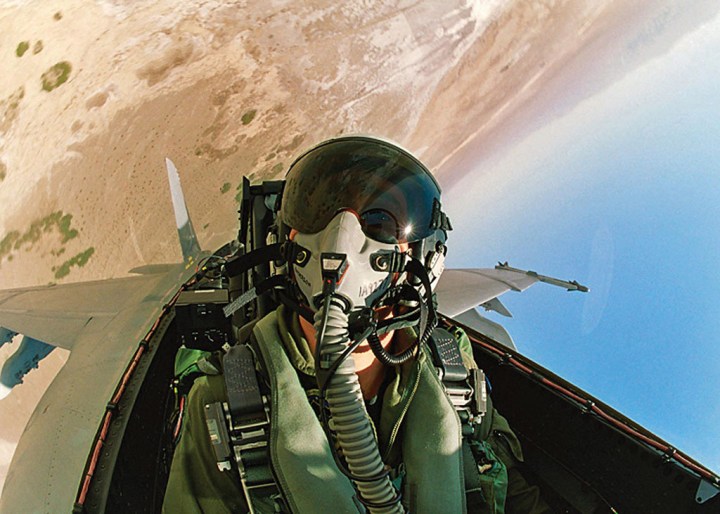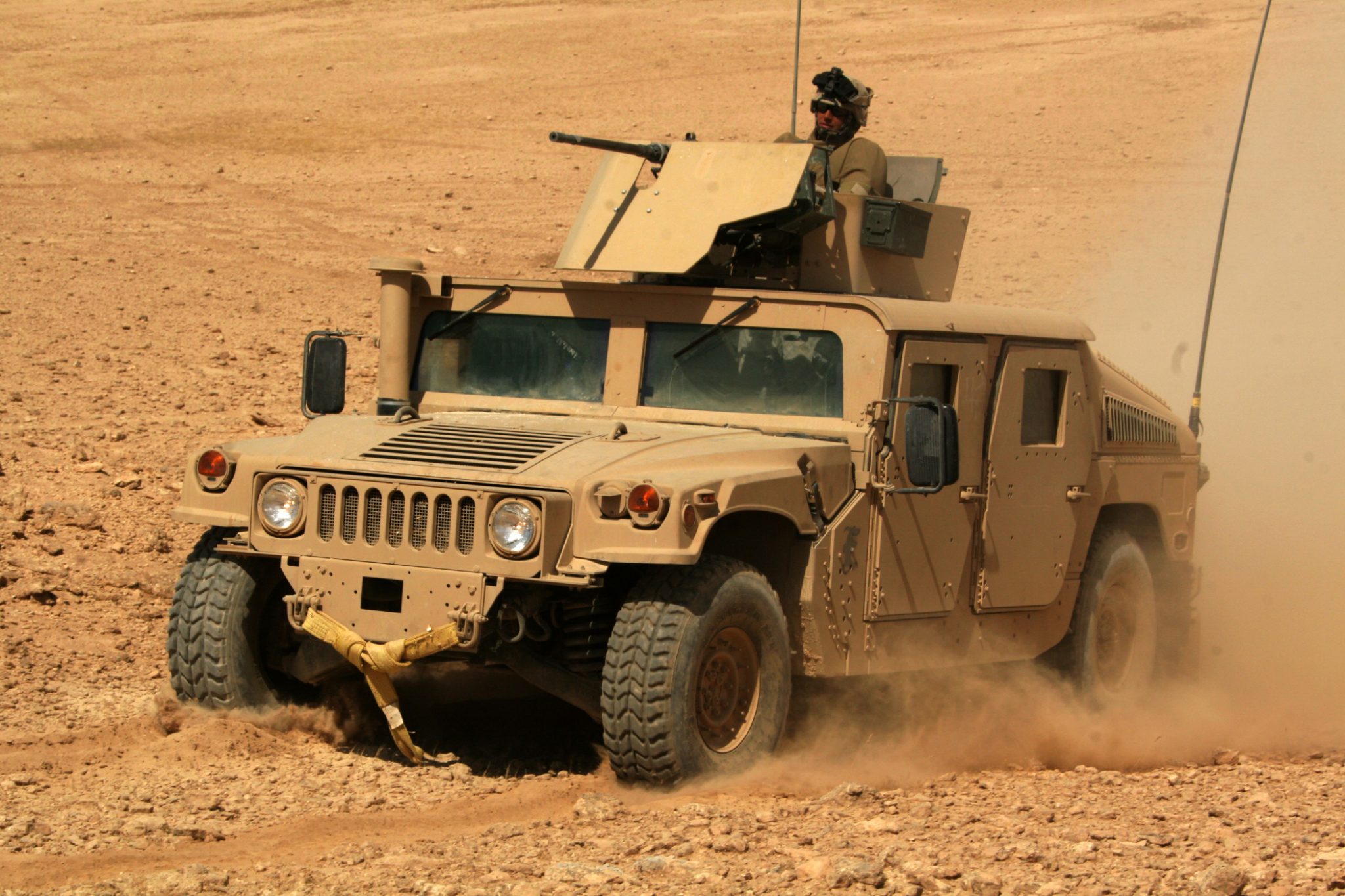At the U.S. Marine Corps Air Station (MCAS) Iwakuni, southern Japan, 3D printing is now in use to keep F/A-18 Hornet multirole fighters airborne.
MCAS Iwakuni engineers have devised two products that reduce the time it takes to repair the fighter jets, saving costs for the U.S. Department of Defense. The products help with the maintenance, repair and overhaul (MRO) of the fighter jets, covering all tasks carried out to ensure the airworthiness of an flight vehicle.
The 3D printed products include an engine ship kit, designed by the Marine Aviation Logistics Squadron 12 (MALS 12), and a plastic ring kit that helps the maintenance of the bearings on the F/A-18’s Gatling gun.

3D printing for aircraft engines
Due to frequent use, aircraft engines are often transported back to MCAS Iwakuni for repair to ensure the safety of the part, and eradicate any fluid leakage.
The engine ship kit developed by MALS 12 consists of 3D printed plastic drain plugs, and clips which ensure the plugs are not dislodged as an engine is readied for transport.
With plugs applied, maintenance Marines are not required to travel to different locations to drain the excess oil and hydraulic fluids. This saves the MCAS Iwakuni time, cost and labour. The kit was developed using 3D drafting software and MALS 12’s new 3D printers.
“I’m not really sure why no one thought to make this kind of kit before, but this design is going to have an impact across the Navy and Marine Corps,” Lt. Col. Javier Garcia told Stars and Stripes.

Cutting costs for the Department of Defense
MALS 12 also developed a plastic ring that helps Marines grease the bearing on F-18’s M61A Vulcan, a Gatling-style rotary cannon. When in operation, two Marines are tasked to pack grease into the cannon every thirty-thousand rounds. This is a necessary job that takes more than 30 minutes according to Cpl. Christian Smellie, an aviation life-support systems technician who works at Iwakuni’s 3D printing lab. Smellie was part of the team that designed the plastic ring.
The 3D printed ring has cut the cannon maintenance time to less than ten minutes. The bearing is held in place by a large ring, where a smaller ring then pushes grease into the bearing. These are 3D printed with precise measurements so that no grease oozes out at the sides when it is compressed.
The M16A cannon is used in several vehicles throughout the U.S. Armed Forces, so the 3D printed bearing packer could have an impact across the Department of Defense.

Additive Manufacturing a key tool for the Armed Forces
This is not the first time the U.S. Marines has used 3D printing in its operations. In numerous cases, the technology is proving effective at shortening lead times, cutting costs and providing spare parts to new and legacy machinery.
For example, a team of U.S. Marines have previously printed a part for the door of a F-35 stealth fighter, in total saving $70,000 in costs for an entirely new door. In another instance, the Combat Logistic Battalion 31 (CLB) fabricated a new bumper for an F-35B fighter landing gear door, also saving time and costs to replace the entire door assembly.
Working with Californian design studio FATHOM the U.S. Marines have developed a next generation Modular Logistics Vehicle (MLV) using additive manufacturing, and a team at Marine Corps Systems Command (MCSC) in Virgina has used 3D printing to make cement barracks.

Could this be 2019’s award-winning application of 3D printing? Make your nominations now for the 3D Printing Industry Awards.
For more of the latest additive manufacturing news subscribe to the 3D Printing Industry newsletter, like us on Facebook, and follow us on Twitter. Find 3D Printing Jobs near you now.
Featured imaged shows a pilot looks out of the canopy of his F/A-18F Super Hornet aircraft. U.S. Navy photo by Cmdr. Ian C. Anderson


